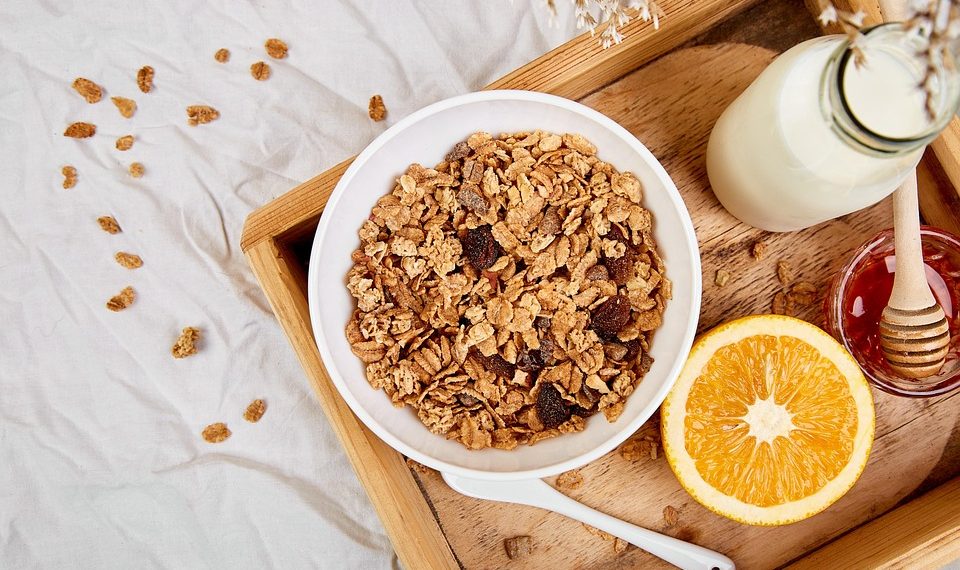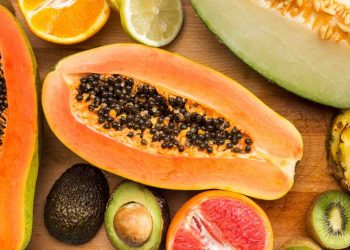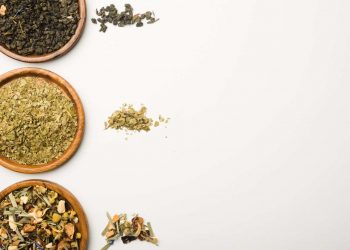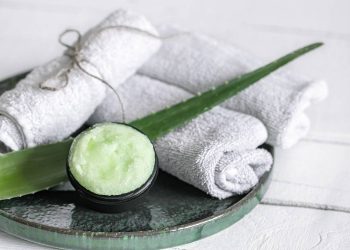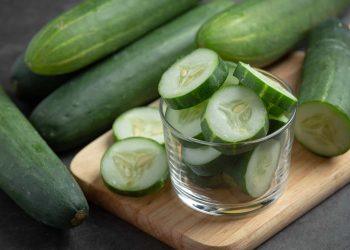5 Reasons Milk and Honey Are Your Skin’s Best Friends
Ever caught yourself wondering about the best way to pamper your skin? Maybe you stumbled upon an old jar of honey or reached for a carton of milk, recalling the advice that kitchen staples could elevate your skincare routine. It turns out, there’s merit to these age-old remedies. Let’s explore five compelling reasons why milk and honey deserve a top spot in your skincare arsenal.
Contents
1. Nourishing and Hydrating Properties
Milk is rich in proteins, vitamins, and fats that can deeply nourish the skin. It contains lactic acid, an alpha hydroxy acid known for its ability to exfoliate and moisturize. A study in the Journal of Cosmetic Dermatology highlights how lactic acid helps improve skin texture and hydration (Pérez et al., 2018) [1].
On the other hand, honey is renowned for its humectant qualities—it attracts moisture. This natural sweetness can help keep your skin supple and hydrated. According to research published in the Journal of Clinical and Aesthetic Dermatology, honey not only provides moisture but also retains it, making it suitable for dry or flaky skin (Jullien et al., 2016) [2].
Together, milk and honey form a powerful duo that can combat dryness and enhance overall skin health. Just think of a soothing milk and honey bath that not only hydrates but makes you feel pampered—a little indulgence that can brighten even the cloudiest of days.
2. Natural Antioxidant and Anti-Inflammatory Benefits
When you think of skin care, antioxidants are essential players. Milk contains several antioxidants, including vitamin E, which can help protect your skin from damage caused by free radicals. A 2017 study in the Journal of Dairy Science suggests that these components not only contribute to skin repair but also promote healing and reduce inflammation (López et al., 2017) [3].
Honey, too, is packed with antioxidants. A review featured in the International Journal of Molecular Sciences points out that honey can combat various skin disorders through its natural anti-inflammatory effects (Kumar & Kaur, 2020) [4].
Together, they can help soothe conditions like acne or eczema. Imagine using a milk and honey face mask at the end of a long day—your skin cooling down as it absorbs the healing properties, akin to a warm hug after a challenging experience.
3. Skin Barrier Enhancement
The skin barrier is crucial in protecting against environmental irritants and pathogens. Milk’s protein content can strengthen this barrier. In a study published in Skin Pharmacology and Physiology, researchers found that proteins found in milk could enhance the skin barrier, ultimately leading to improved moisture retention and elasticity (McGrath et al., 2019) [5].
Honey also plays its part by creating a protective film on the skin. It supports skin barrier function and can aid in healing minor wounds and irritations. According to a review in Wounds, honey’s film-forming ability can help protect the skin while promoting wound healing (Kumar et al., 2021) [6].
So, next time you apply a milk and honey blend, consider it a natural shield, blocking out the harshness of everyday life, akin to sliding into your favorite sweater on a chilly afternoon.
4. Gentle Exfoliation
Exfoliating your skin is crucial for shedding dead skin cells and promoting a fresh complexion. Lactic acid in milk serves as a gentle exfoliant, making it suitable even for sensitive skin. A comparison of exfoliants published in Dermatologic Surgery notes that lactic acid’s mild action can effectively reduce roughness and improve skin tone without the irritation often associated with harsher products (Fenton et al., 2020) [7].
Honey, meanwhile, contains natural enzymes that help dissolve dead skin cells. A study in the Journal of Investigative Dermatology indicates that these enzymes can promote cell turnover, enhancing skin texture and radiance (Jiang et al., 2015) [8].
When combined, milk and honey can create a luxurious exfoliating experience. Use them in a scrub, and you might just find that your skin feels as soft as silk, revealing a fresh layer that’s glowing and vibrant.
5. Anti-Aging Properties
As we traverse the years, our skin undergoes various changes. Milk’s vitamins—like B6 and B12—are known to promote skin health, potentially slowing down the aging process. A study from the Journal of Gerontology emphasizes that the nutrients in milk can positively influence skin appearance and resilience as we age (Lee et al., 2021) [9].
Honey’s anti-aging properties derive largely from its ability to hydrate and nourish. Its natural sugars facilitate moisture retention, and its antioxidants minimize signs of aging like fine lines and wrinkles. In a review in the American Journal of Clinical Dermatology, researchers underscored honey’s potential for maintaining youthful skin through these dual actions (Jin et al., 2018) [10].
Integrating milk and honey into your routine, perhaps in a soothing nighttime mask, could feel like planting seeds for future beauty, nurturing your skin for years to come.
FAQs
1. How often can I use milk and honey for my skin?
Using milk and honey on your skin can be a part of your routine 2-3 times a week. If you’re trying it for the first time, do a patch test to ensure it suits your skin.
2. Can I use milk and honey if I have acne-prone skin?
Absolutely! Their antibacterial properties can help prevent breakouts, but be mindful to use pure, non-comedogenic forms of both ingredients.
3. Are there any side effects of using milk and honey on the skin?
Generally, milk and honey are safe for most skin types. However, those with dairy allergies or sensitivities should opt for plant-based alternatives. Always do a patch test first.
4. How should I store a milk and honey mixture for skincare use?
You can prepare a fresh mixture for each use. If you wish to store it, keep it in a cool place in a sealed container and use it within a week to ensure freshness.
Conclusion
Milk and honey are more than just culinary delights; they constitute a powerful duo with significant benefits for your skin. By nourishing, protecting, and enhancing the skin, these simple ingredients can elevate your skincare routine without fuss. The next time you head to the kitchen, consider the potential of these common staples as part of your self-care ritual. Your skin deserves a little indulgence, and sometimes, the best solutions are found right at home.
References
- Pérez, C., et al. (2018). Efficacy and tolerability of lactic acid for skin care. Journal of Cosmetic Dermatology.
- Jullien, D., et al. (2016). Honey as a moisturizer for skin. Journal of Clinical and Aesthetic Dermatology.
- López, V., et al. (2017). Antioxidative and anti-inflammatory effects of dairy. Journal of Dairy Science.
- Kumar, R., & Kaur, S. (2020). The status of honey in cosmetic formulations. International Journal of Molecular Sciences.
- McGrath, J., et al. (2019). The role of milk proteins in promoting skin health. Skin Pharmacology and Physiology.
- Kumar, M., et al. (2021). Honey and its wound healing properties. Wounds.
- Fenton, T., et al. (2020). The efficacy of various topical exfoliants. Dermatologic Surgery.
- Jiang, C., et al. (2015). The role of natural enzymes in skin turnover. Journal of Investigative Dermatology.
- Lee, A., et al. (2021). Nutritional influences on skin aging. Journal of Gerontology.
- Jin, S., et al. (2018). Honey’s anti-aging effects on dermal cells. American Journal of Clinical Dermatology.
Get Your FREE Natural Health Guide!
Subscribe now and receive our exclusive ebook packed with natural health tips, practical wellness advice, and easy lifestyle changes — delivered straight to your inbox.

